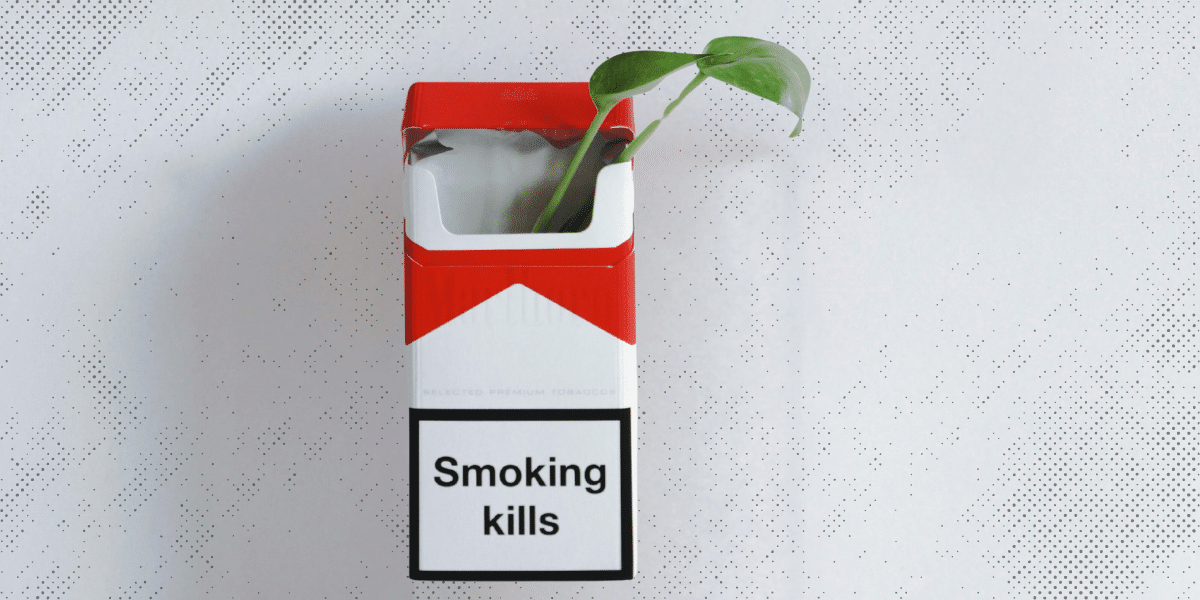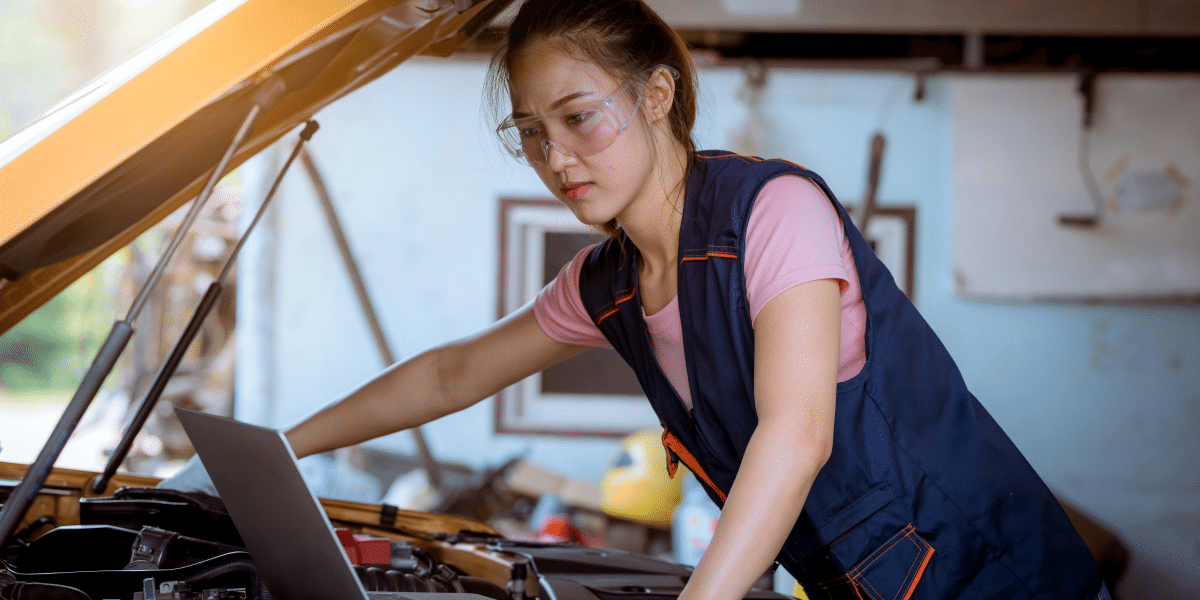Image Commercially Licensed From: Unsplash
High-traffic businesses face unique challenges in maintaining cleanliness and hygiene. With a constant flow of customers and employees, these environments are prone to accumulating dirt and germs at a rapid pace. Adapting cleaning protocols for such settings is crucial not only for the health and safety of all but also for the business’s reputation. This article delves into strategic approaches for enhancing cleaning practices in these high-traffic areas.
1. Frequent Cleaning Schedule
The foundation of maintaining hygiene in high-traffic urban businesses lies in establishing a rigorous and frequent cleaning schedule. For instance, engaging a Dallas cleaning service can be an effective strategy. These services are equipped to handle the high demands of urban environments, ensuring that areas like door handles, countertops, and restrooms are disinfected multiple times throughout the day.
This consistent and professional approach helps in effectively managing potential health hazards and maintaining a hygienic environment that meets the dynamic needs of a bustling urban setting.
2. High-Efficiency Cleaning Products
The choice of cleaning agents plays a pivotal role in the effectiveness of the cleaning process. It’s essential to opt for products that are potent against a wide range of pathogens, especially those frequently encountered in high-traffic areas. However, the efficiency of these products should not compromise safety and environmental standards. Using eco-friendly and non-toxic cleaning agents ensures the health of both the environment and the people exposed to them.
3. Focus On High-Touch Areas
Identifying and prioritizing high-touch surfaces is a strategic approach to preventing the spread of germs. Elements like elevator buttons, stair rails, point-of-sale systems, and door handles are common in urban business settings and should be the focus of regular sanitization efforts. By concentrating on these areas, businesses can significantly reduce the risk of cross-contamination and enhance overall safety.
4. Implementing Deep Cleaning Procedures
Regular deep cleaning is an integral part of any comprehensive cleaning protocol. This involves a thorough cleanse of all surfaces, floors, restrooms, and even air ducts and ventilation systems. Scheduling these deep cleaning sessions during off-peak hours ensures minimal disruption to business operations while maintaining high cleanliness standards.
5. Staff Training And Awareness
The effectiveness of any cleaning protocol heavily relies on the individuals responsible for its implementation. Educating staff about proper cleaning techniques and the importance of maintaining high hygiene standards is crucial. By fostering a culture of cleanliness, employees become more conscientious and proactive in keeping their environment clean, thus playing a vital role in upholding health and safety standards.
6. Utilization Of Technology And Automation
Incorporating technology and automation in cleaning processes can bring about significant improvements in both efficiency and effectiveness. Automated systems like touchless faucets and soap dispensers minimize physical contact and, consequently, the spread of germs. Additionally, employing advanced cleaning technologies ensures thorough and consistent cleaning results, which are especially important in high-traffic settings.
7. Visible Cleaning Efforts
Visible cleaning efforts serve as a reassurance to both staff and customers that health and safety are being taken seriously. This can include cleaning staff visibly sanitizing high-touch areas during business hours. Such visibility not only fosters trust but also encourages everyone within the premises to be mindful of their personal hygiene.
8. Efficient Waste Management
Proper waste management is a critical component of maintaining cleanliness in high-traffic urban businesses. Regularly emptied and sanitized waste bins, coupled with clean disposal areas, are essential to prevent the accumulation of refuse and associated hygiene issues. Efficient waste management also contributes to a more pleasant and welcoming environment for both employees and customers.
9. Entrance Mats And Air Curtains
Utilizing entrance mats and air curtains can significantly reduce the amount of external dirt and pollutants entering the business premises. Mats trap debris and moisture from shoes, while air curtains help to keep the indoor environment clean and controlled. These tools are particularly beneficial in urban settings where outside pollution can be a significant concern.
10. Feedback Mechanism
Establishing a system for feedback on cleanliness from both staff and customers can provide valuable insights into areas needing improvement. This proactive approach allows businesses to swiftly address any issues and adapt their cleaning protocols accordingly. A responsive feedback mechanism demonstrates a commitment to maintaining a high standard of cleanliness and customer satisfaction.
11. Adherence To Health Guidelines
Staying updated with local health and safety guidelines is essential, especially during public health crises. Adapting cleaning protocols to align with these guidelines ensures that businesses are not only compliant but also doing their part in safeguarding public health. This adaptability is key to effectively responding to evolving health challenges.
12. Professional Cleaning Services
For specialized cleaning needs or for comprehensive deep cleaning tasks, enlisting the help of professional cleaning services can be beneficial. These services have the expertise, equipment, and products necessary to perform high-level cleaning tasks efficiently, ensuring that every corner of the business premises meets the highest standards of cleanliness.
Final Thoughts
Adapting cleaning protocols for high-traffic urban businesses is a dynamic and ongoing process. It requires a combination of strategic planning, effective tools, and a commitment to health and safety. By implementing these principles, businesses can create a clean, safe, and welcoming environment for everyone who walks through their doors.












